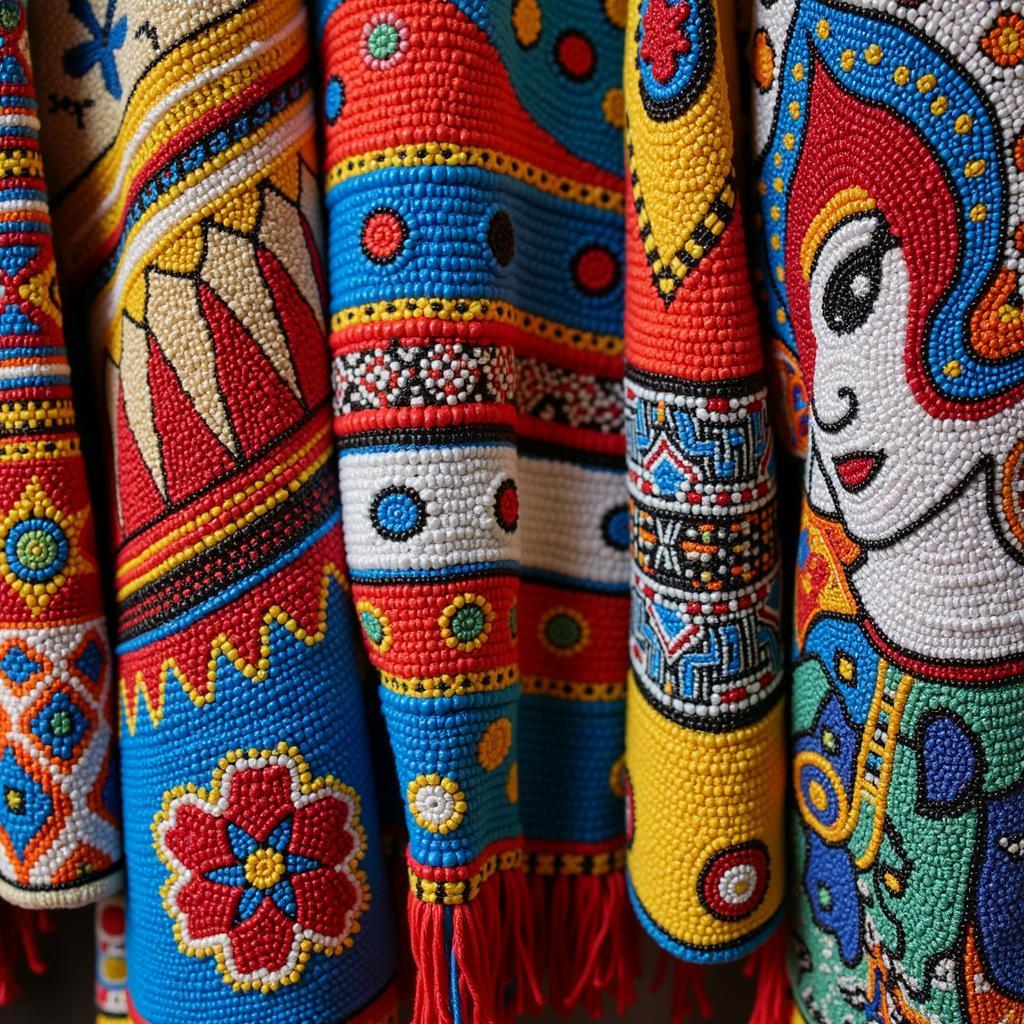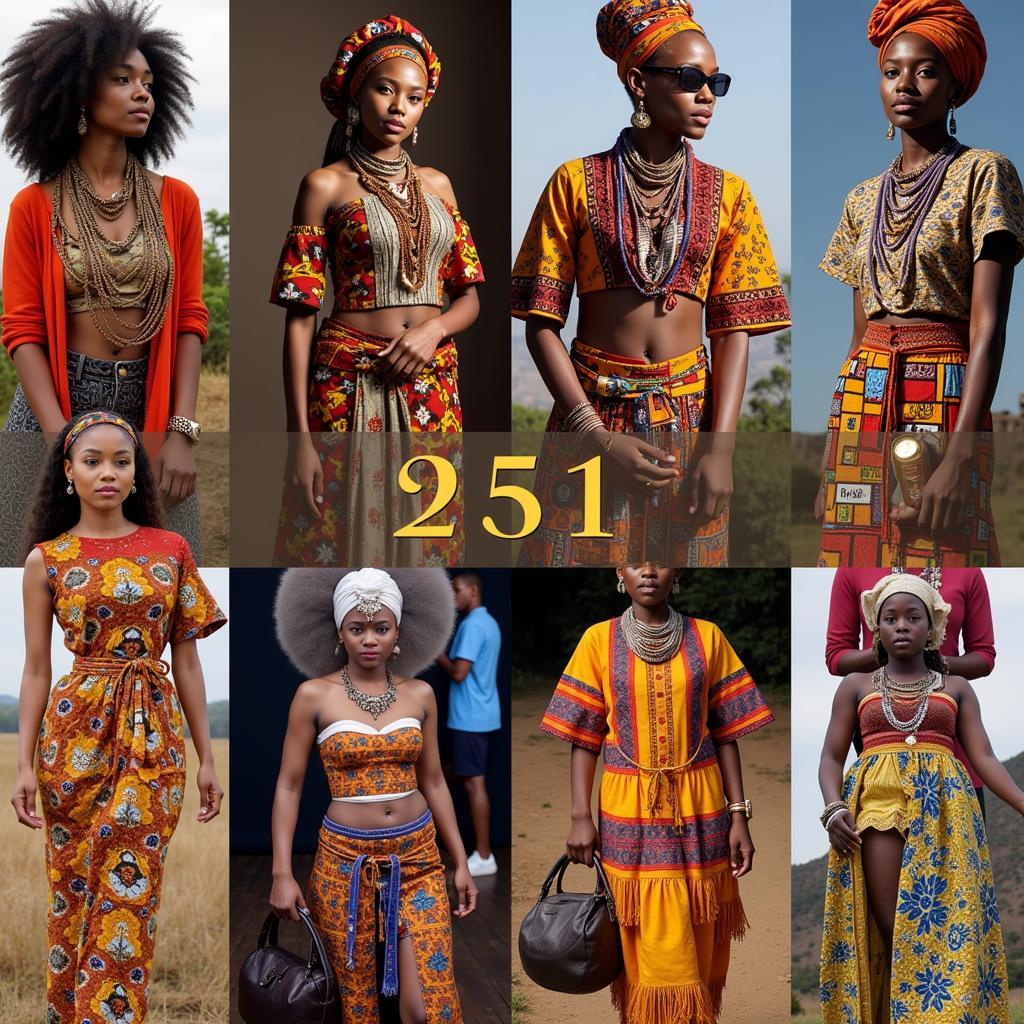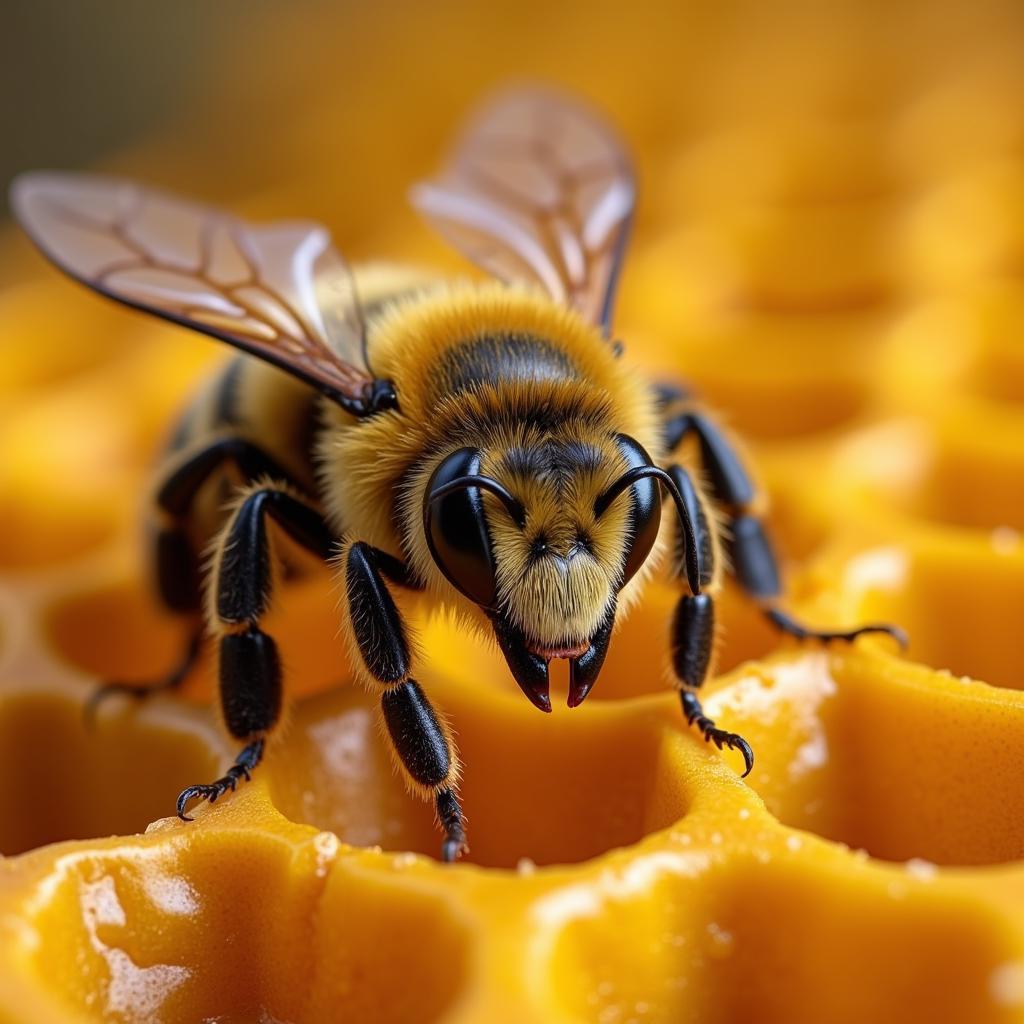African Ethnic Wear in UN General Assembly
African Ethnic Wear In Un General Assembly has become increasingly visible, showcasing the continent’s rich cultural heritage on a global stage. From vibrant kente cloth to flowing boubous, these garments tell stories of tradition, resilience, and pride. This article explores the significance of African ethnic wear at the UN, its impact on global perceptions, and the diverse expressions of identity it represents.
The Growing Presence of African Ethnic Wear at the UN
The UN General Assembly, a melting pot of cultures and nationalities, provides a unique platform for showcasing diverse traditions. In recent years, African delegates have increasingly chosen to wear their traditional attire, making a powerful statement about cultural pride and identity. This shift reflects a growing global awareness and appreciation for African heritage.
What motivates this choice? For many delegates, wearing African ethnic wear is a way to connect with their roots and represent their people authentically. It’s a rejection of Westernized norms and an embrace of their own unique cultural heritage. This visible display of tradition challenges stereotypes and promotes a more nuanced understanding of Africa.
The Symbolism and Significance of African Ethnic Wear
Each piece of African ethnic wear carries deep symbolism and meaning, often reflecting the wearer’s tribe, region, or social status. The intricate patterns, colors, and materials used in these garments tell stories of history, spirituality, and cultural values. For instance, the kente cloth of Ghana, with its vibrant colors and geometric patterns, represents royalty and wisdom. The flowing boubous of West Africa, often made from brightly colored cotton, symbolize elegance and status.
These garments are not merely clothing; they are expressions of identity, artistry, and cultural heritage. They represent the resilience and creativity of African people, who have preserved and celebrated their traditions despite historical challenges.
 Intricate Details and Vibrant Colors of African Ethnic Wear
Intricate Details and Vibrant Colors of African Ethnic Wear
Impact on Global Perceptions
The increasing visibility of African ethnic wear at the UN has a significant impact on global perceptions. It challenges preconceived notions about Africa and promotes a more accurate and nuanced understanding of the continent’s diverse cultures. By showcasing their traditional attire, African delegates are challenging stereotypes and presenting a positive image of Africa to the world.
“Seeing African leaders and diplomats embrace their traditional attire at the UN sends a powerful message of cultural pride and self-acceptance,” says Dr. Anika Kwame, a renowned anthropologist specializing in African textiles. “It encourages dialogue and understanding, fostering a greater appreciation for the richness and diversity of African cultures.”
African Ethnic Wear: A Celebration of Diversity
African ethnic wear encompasses a vast array of styles and traditions, reflecting the continent’s incredible cultural diversity. From the intricate beadwork of the Maasai to the elaborate headdresses of the Yoruba, each region and tribe has its unique forms of expression. This diversity is a testament to the creativity and ingenuity of African people.
“The beauty of African ethnic wear lies in its diversity,” says Adebayo Ogunlesi, a prominent Nigerian fashion designer. “Each garment tells a unique story, reflecting the history, values, and artistic traditions of its people.”
 Diversity of Styles and Regions in African Ethnic Wear
Diversity of Styles and Regions in African Ethnic Wear
Conclusion
African ethnic wear in UN General Assembly has become a powerful symbol of cultural pride, identity, and resilience. It challenges stereotypes, promotes understanding, and celebrates the continent’s rich and diverse heritage. By embracing their traditional attire on the world stage, African delegates are making a profound statement about the importance of cultural preservation and the power of representation. African ethnic wear at the UN is not just about fashion; it’s about reclaiming narratives, celebrating identity, and shaping a more inclusive and understanding global community.
FAQ
- What are some common types of African ethnic wear seen at the UN?
- What is the significance of kente cloth?
- How does African ethnic wear challenge stereotypes?
- What are some examples of the symbolism found in African textiles?
- Where can I learn more about African fashion and design?
- What is the impact of seeing African leaders in traditional attire at the UN?
- How does African ethnic wear contribute to cultural diplomacy?
Need more support? Contact us at Phone Number: +255768904061, Email: kaka.mag@gmail.com Or visit us at: Mbarali DC Mawindi, Kangaga, Tanzania. We have a 24/7 customer support team.


